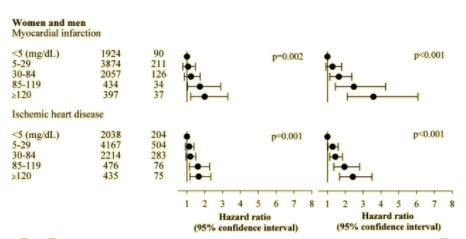Though logits are fundamental to many modern statistical techniques, where did it come from? We discussed that yesterday.
Turns out, like the 0.05 p-value, it's pretty arbitrary.
👇is a summary
Such is the way of SCIENCE!
(end)
Twitter may remove this content at anytime, convert it as a PDF, save and print for later use!

1) Follow Thread Reader App on Twitter so you can easily mention us!
2) Go to a Twitter thread (series of Tweets by the same owner) and mention us with a keyword "unroll"
@threadreaderapp unroll
You can practice here first or read more on our help page!

